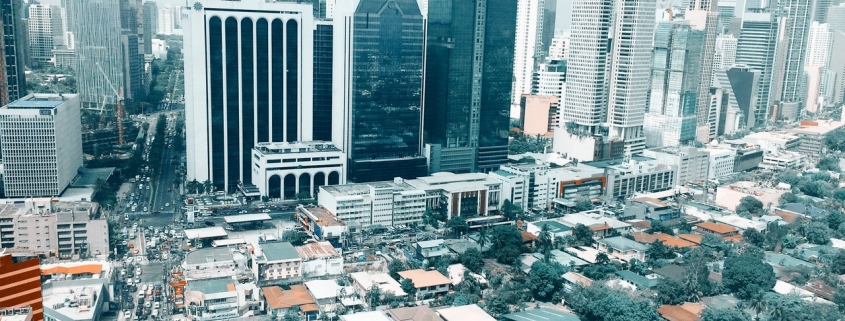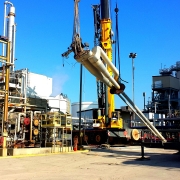What is the New Society Movement?
Topic of Study [For H2 History Students]:
Paper 2: Search for Political Stability
Section B: Essay Writing
Theme I Chapter 1: Approaches to Governance
Historical context: Declaration of the Martial Law
After Ferdinand Marcos held the second term as President of the Philippines in 1969, the government was hampered by the growing political divisions as well as the outbreak of rebellions.
On 23 September 1972, Marcos declared Martial Law, thus ushering a period of authoritarian rule.
Formation of the New Society Movement
In 1978, Marcos announced that elections would be held to form the Interim National Assembly (Interim Batasang Pambansa). In February, he formed the New Society Movement (Kilusang Bagong Lipunan, KBL) that included officials from the Liberal and Nacionalista Parties.
It derived its name from the phrase Bagong Lipunan (“new society”), which Marcos claimed he was establishing with the Martial Law regime: a new society in the sense that it would be rid of the old society’s ills, such as graft and corruption, indiscipline, lack of respect for authority…
An excerpt from “Southeast Asia: A Historical Encyclopedia, from Angkor Wat to East Timor” (by Keat Gin Ooi).
The New Society ideology
Additionally, Marcos advocated the “New Society” to pursue economic modernisation and legitimse his rule.
We speak of a New Society…[Ours is] the dream that someday under somebody, we will be able to build a society that will give every man dignity and decency. And it shall return rationality into our political institutions, into our economy, and into our society… and this dream is what we are trying to implement now. It is the dream of every Filipino…that aspires for progress and modernization.”
An excerpt from “Development and Democratization in the Third World: Myths, Hopes, and Realities” [Edited by Kenneth E. Bauzon).
One of the notable economic policies was the “Prosperity 99” (Masagana 99), which is a self-sufficiency programme to provide credit access to rice farmers. By doing so, these producers can buy land and raise rice production.
Without doubt, the Masagana 99 program contributed significantly to the increase in the rice yield and in total production, especially in 1974 and 1975. The reports issued on Masagana 99 state that yield increases by the 900,000 participating farmers ranged from 0.4 to 1.2 t/ha, depending on the level of their former yields and the extent to which they had adopted modern practices.
An excerpt from “Rice in the Tropics: A Guide to the Development of National Programs” (By Robert Flint Chandler).
The end of Marcos’ Regime: The People Power Revolution
However, Marcos’ New Society was short-lived as internal political disunity and economic setbacks culminated in a large-scale mass demonstration, known as the People Power Revolution, in 1986. Eventually, Marcos left the Philippines, thus allowing Corazon Aquino to facilitate a peaceful democratic transition.
What can we learn from this article?
Consider the following question:
– How far do you agree that the political stability of the Philippines depended on political leaders?
Join our JC History Tuition and find out how you can consolidate your content for the Approaches to Governance topic.
The H2 and H1 History Tuition feature online discussion and writing practices to enhance your knowledge application skills. Get useful study notes and clarify your doubts on the subject with the tutor. You can also follow our Telegram Channel to get useful updates.
We have other JC tuition classes, such as JC Math Tuition and JC Chemistry Tuition. For Secondary Tuition, we provide Secondary English Tuition, Secondary Math tuition, Secondary Chemistry Tuition, Social Studies Tuition, Geography, History Tuition and Secondary Economics Tuition. For Primary Tuition, we have Primary English, Math and Science Tuition. Call 9658 5789 to find out more.











